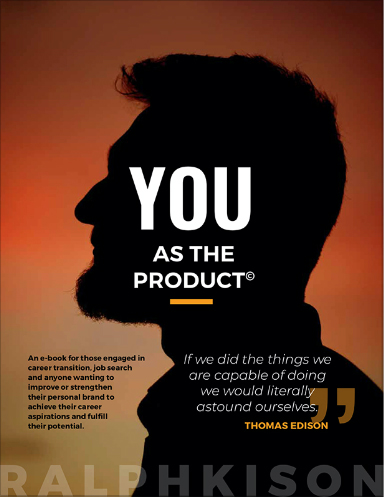Most people don’t like change. Age has nothing to do with. Young people can be afraid to step out and try something new (I’m not referring to the latest App), conversely older people can be the first in on something new because they know life can be one big learning adventure. It all depends on your view point.
So, how do you implement change for the sake of growth and positive transformation rather than as part of a fad? Well, its hard if you have a culture where everyone is comfortable. (Notice I didn’t say happy.) People will put up with a lot if they’re comfortable. The risk of change is often outweighed by “it could always be worse” and “you’re better off with the devil you know”.
I’ve witnessed a lot of change initiatives, both in volunteer roles in associations I’ve been a member of, and in my clients’ organizations. The reason for change can be a leadership change due to the President or CEO retiring, because of a M&A, or because management went to a conference and were inspired by presenter and decided that’s what they need. These can all be powerful catalysts if done right, and for the right reasons. When implementing change, be sure to factor in the current corporate or organizational culture and values, and keep current best practices that are truly valuable while introducing improvements to strengthen and improve the organization.
Andy Stanley in his book, Deep and Wide, writes, “If you make people discontent with where they are, they are likely to loosen their grip on their current way of doing things. But if you pry their fingers off, get your resume ready.”
If you are a leader within a company, on a board, a coach on your kids sports team or anywhere else change is required, consider the following:
Don’t Change…
- To keep up with the latest fads or trends. Just because something is trending doesn’t always mean it works. Observe what others do and see if its all they claim it is.
- To be a “me too” and just because your competitors are doing it. New corporate colours, logos, social media profiles are powerful and important. Changing at the right time for the right reasons is the key.
- Because some agency or sales person is trying to convince you “need” what they’re selling.
- Because you have extra cash and can afford to. View changes as a strategic investment in your firm to enhance your market position and to build your brand.
Change when…
- Things are no longer working and it’s obvious that change and improvement is required.
- You can act as first mover or a disrupter in your market or space – real leadership.
- You have done research, evaluated options and have a solid plan.
- The market has changed or is evolving in a way that will make you irrelevant.
- You’re stuck. Get help if you can’t find a way forward.
It is not the strongest of the species that survives, nor the most intelligent that survives. It is the one that is most adaptable to change. ~ Charles Darwin


Excellent thoughts Ralph.